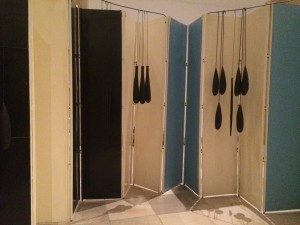architect/urbanist/artist/painter Daniele Cesari (1983, Ferrara, Italy) tries to capture what is unseen – but nevertheless experienced or imagined – within a city and its architecture. The result is a fascinating image of the energy of hidden phenomena; whether the streets are deserted or crowded…..

Alito e Vento




